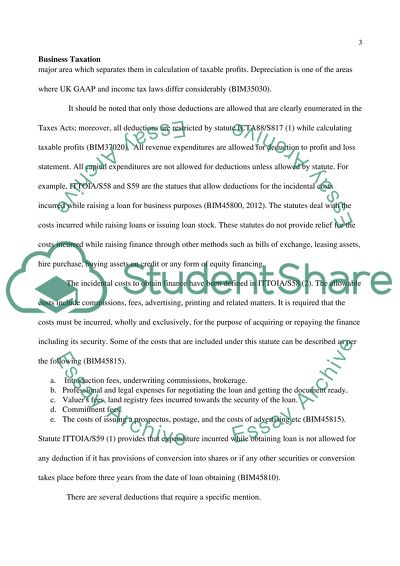Cite this document
(“Business taxation Essay Example | Topics and Well Written Essays - 2000 words”, n.d.)
Business taxation Essay Example | Topics and Well Written Essays - 2000 words. Retrieved from https://studentshare.org/finance-accounting/1466414-business-taxation
Business taxation Essay Example | Topics and Well Written Essays - 2000 words. Retrieved from https://studentshare.org/finance-accounting/1466414-business-taxation
(Business Taxation Essay Example | Topics and Well Written Essays - 2000 Words)
Business Taxation Essay Example | Topics and Well Written Essays - 2000 Words. https://studentshare.org/finance-accounting/1466414-business-taxation.
Business Taxation Essay Example | Topics and Well Written Essays - 2000 Words. https://studentshare.org/finance-accounting/1466414-business-taxation.
“Business Taxation Essay Example | Topics and Well Written Essays - 2000 Words”, n.d. https://studentshare.org/finance-accounting/1466414-business-taxation.


